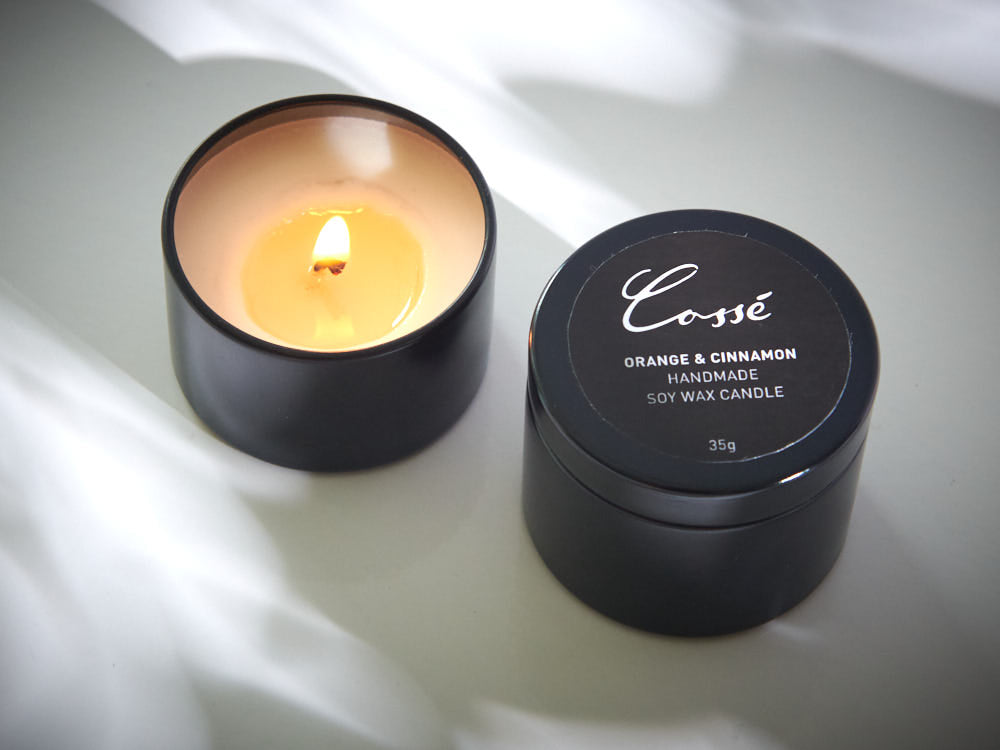Create Setting with Handmade Soy Wax Candles and Home Fragrance
Create Setting with Handmade Soy Wax Candles and Home Fragrance
Blog Article
From Wick to Wax: Recognizing the Chemistry Behind Soy Wax Candles and Their Ecological Impact
As we brighten our rooms with the warm radiance of candle lights, there exists a world of elaborate chemistry behind the relatively basic act of lighting a soy wax candle. Join us as we unravel the clinical complexities behind soy wax candle lights and explore their effects on our atmosphere.
Soy Wax Vs. Paraffin Wax
When contrasting soy wax and paraffin wax for candle light making, it is necessary to comprehend the distinct qualities and advantages of each product. Soy wax is an all-natural, renewable energy derived from soybean oil, making it green and naturally degradable - candles. In comparison, paraffin wax is a by-product of oil refining, which elevates worries about its environmental impact and sustainability
Soy wax candles burn cleaner and release less soot compared to paraffin wax candle lights, making them a much healthier selection for interior air high quality. Furthermore, soy wax has a lower melting point, permitting a longer-lasting candle light that spreads scent a lot more effectively. Paraffin wax, on the various other hand, has a tendency to shed faster and less easily, possibly releasing hazardous chemicals into the air.
From a sustainability viewpoint, soy wax is preferred for its biodegradability and sustainable sourcing, aligning with the expanding consumer preference for eco mindful products. While paraffin wax has actually been a standard option in candle light making because of its cost and ease of usage, the change towards environmentally friendly alternatives like soy wax is gaining energy in the sector.
Chemical Structure of Soy Wax

Combustion Process in Soy Candles
The chemical structure of soy wax directly affects the burning procedure in soy candle lights, impacting elements such as melt time, aroma release, and environmental impact. When a soy candle light is lit, the warmth from the flame thaws the wax near the wick.
The combustion effectiveness of soy candle lights is affected by the pureness of the soy wax and the quality of the wick. Furthermore, soy wax candle lights have a reduced ecological impact compared to paraffin candles due to their sustainable and eco-friendly nature.

Environmental Advantages of Soy Wax

Taken into consideration a lasting option to standard paraffin wax, i was reading this soy wax provides notable ecological advantages that make it a preferred selection among eco-conscious customers. One considerable click reference benefit of soy wax is its eco-friendly sourcing. Soy wax is originated from soybean oil, which is predominantly cultivated in the USA. The cultivation of soybeans helps support neighborhood farmers and minimizes the reliance on non-renewable fossil fuels used in paraffin wax manufacturing. In addition, soy wax is naturally degradable, implying it breaks down normally without releasing damaging toxins right into the atmosphere. This characteristic makes soy wax candle lights a much more environmentally pleasant choice compared to paraffin wax candle lights, which are made from petroleum, a non-renewable source. Soy wax burns cleaner and creates less residue than paraffin wax, contributing to much better indoor air high quality and reducing the demand for cleaning and upkeep. Overall, the ecological benefits of soy wax line up with the growing demand for lasting and environment-friendly products out there.
Recycling and Disposal Considerations
Recycling and appropriate disposal of soy wax candle lights play an important duty in keeping environmental sustainability and decreasing waste in families and areas. The initial action is to ensure that the candle light has melted entirely when it comes to recycling soy wax candles. This can be accomplished by enabling the candle to shed up until the wick is no more functional, and after that letting the remaining wax cool and solidify. Once the wax has actually strengthened, it can be meticulously gotten rid of from the container.

In regards to disposal, if recycling is not a choice, soy wax candles are biodegradable and can be securely taken care of in the majority of family waste systems. It is constantly suggested to inspect with local reusing facilities or waste management solutions for certain guidelines on candle light disposal to make sure proper handling and ecological security.
Verdict
Finally, the chemistry behind soy wax candles exposes their environmental benefits over paraffin wax candles. Soy wax, originated from soybean oil, burns cleaner and produces much less residue when compared to paraffin wax. The burning process in soy candle lights is more effective, resulting in a much longer and much more also burn. Furthermore, soy wax is biodegradable and sustainable, making it an extra sustainable option for candle manufacturing. Recycling and appropriate disposal of soy wax candle lights even more add to their ecological influence.
When contrasting soy wax and paraffin wax for candle light production, it is vital to recognize the distinct qualities and advantages of each product (home fragrance).Soy wax candle lights shed cleaner and produce less soot contrasted to paraffin wax candle lights, making them a much healthier selection for indoor air quality.Thought about a lasting option to typical paraffin wax, soy wax offers try these out noteworthy environmental advantages that make it a preferred selection amongst eco-conscious customers. Soy wax burns cleaner and produces less soot than paraffin wax, contributing to better indoor air top quality and reducing the need for cleansing and maintenance.In conclusion, the chemistry behind soy wax candle lights discloses their environmental advantages over paraffin wax candle lights
Report this page